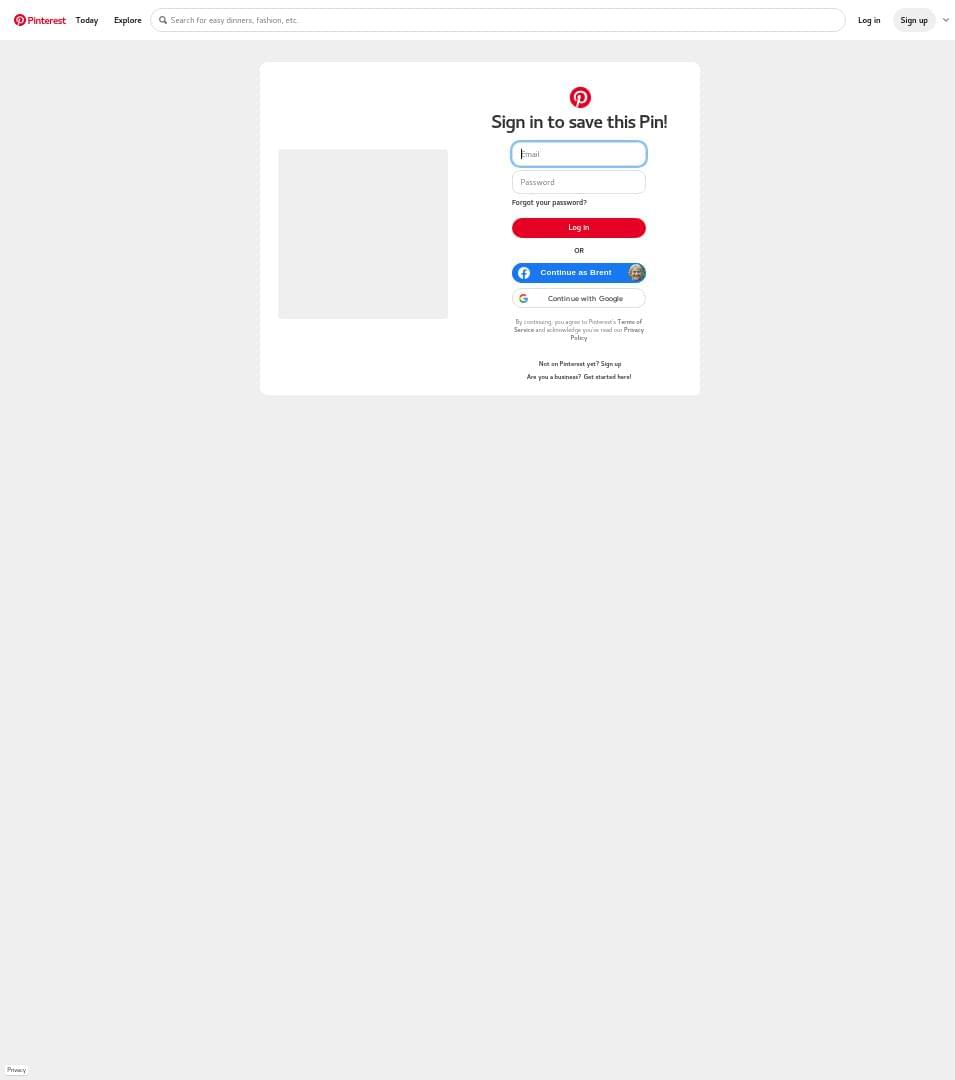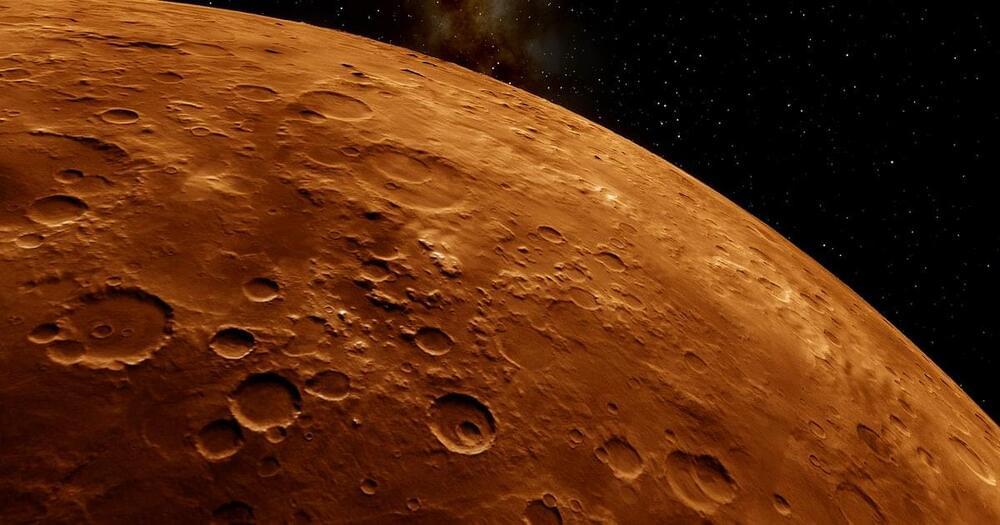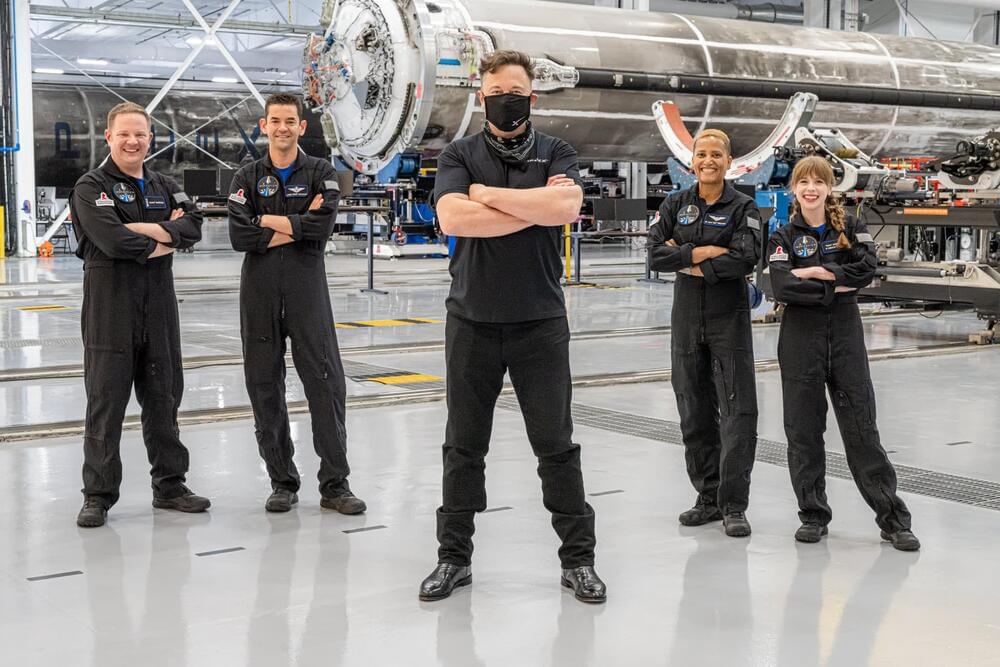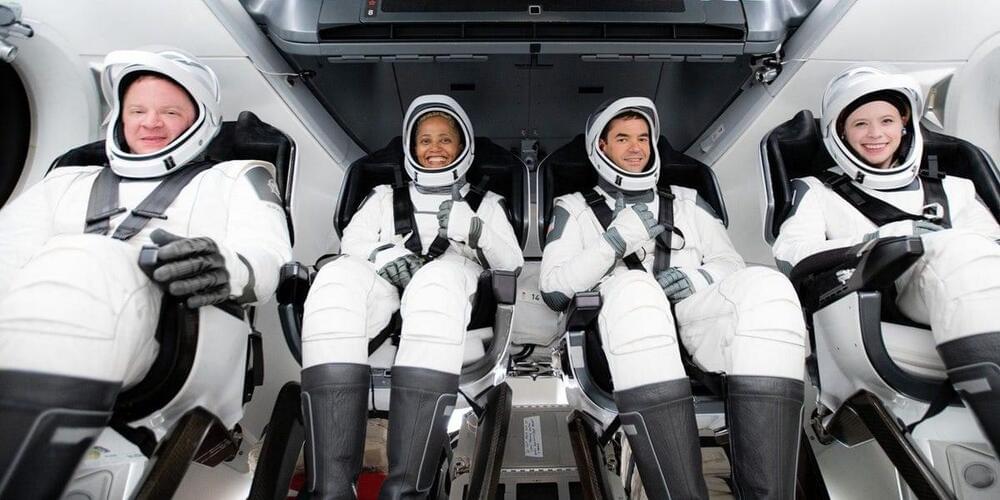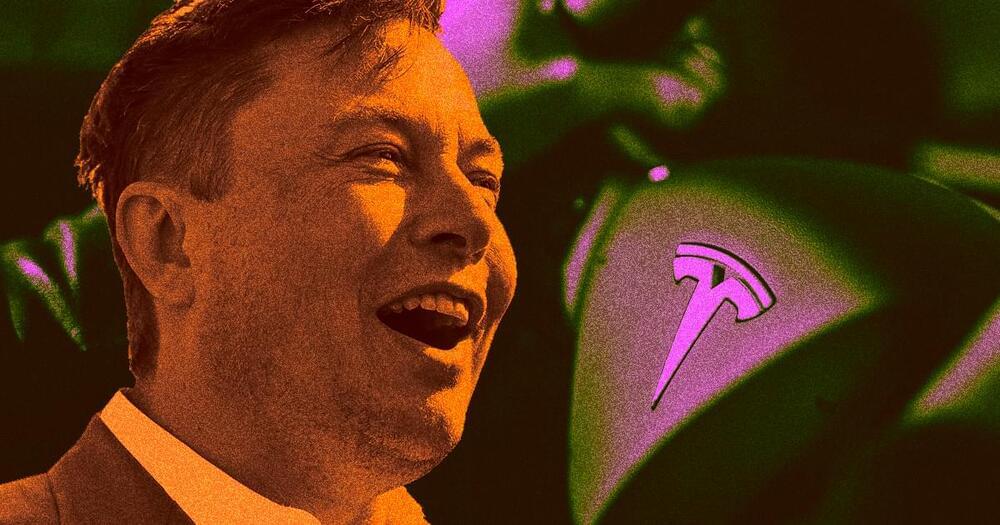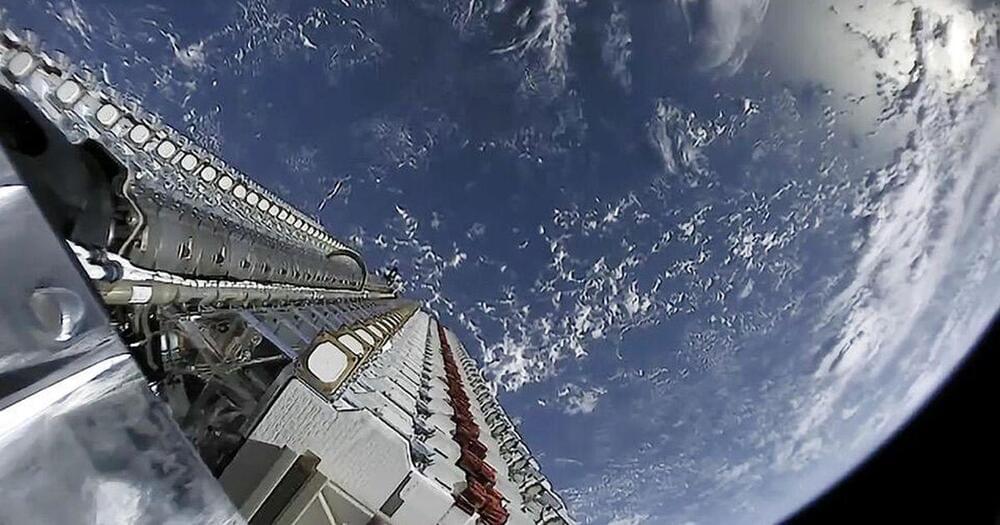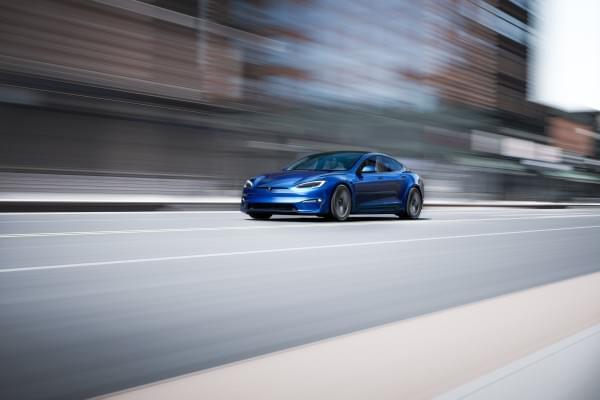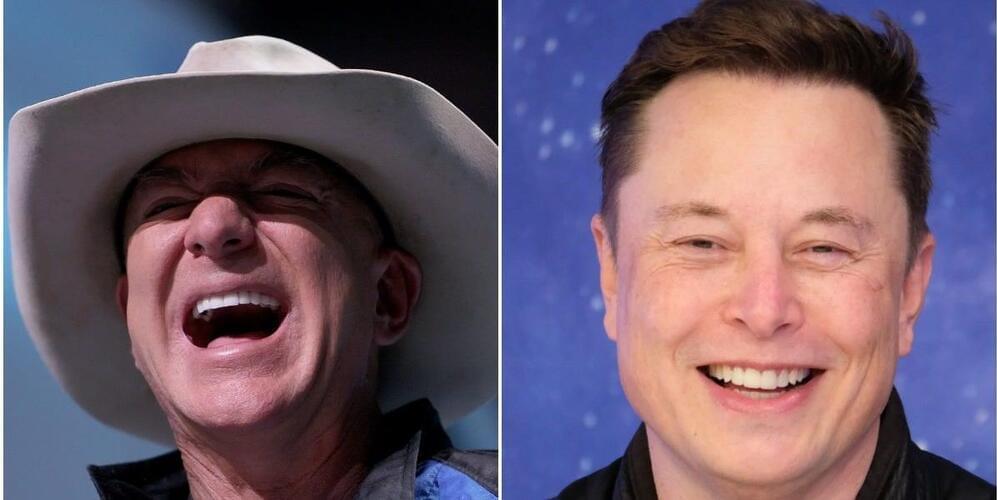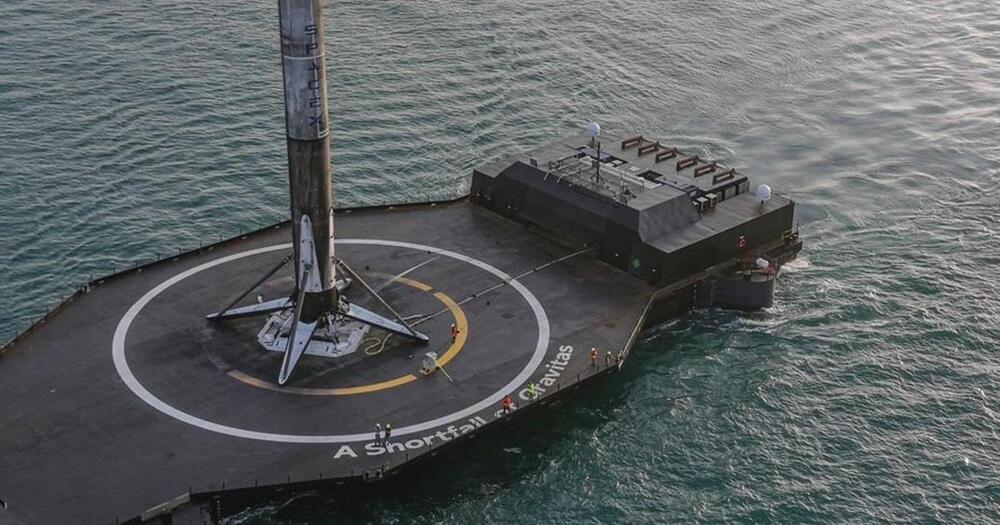Internet on Mars!!
Elon Musk’s ‘Starlink’ is currently providing services in parts of the US and Canada and has plans to enter India by the end of 2021. Tech mogul Elon Musk, via his recent tweet, revealed that his satellite broadband company ‘Starlink’ will extend its services to Mars. Musk informed about this idea while replying to a user’s tweet last week, as per reports by The Science Times. Currently, the broadband internet provider is undergoing public beta testing in parts of the US and Canada.
Starlink will strengthen Starship’s communication Musk’s idea came to light when a user asked if Starlink will be deployed between Earth and Mars to strengthen communication for Starship is SpaceX’s ambitious project that is being touted as the vehicle that will ferry cargo and crew to the red planet and back in the coming years. In response to the user’s tweet, Musk amplified the excitement with one word, “yeah”.
Yeah
